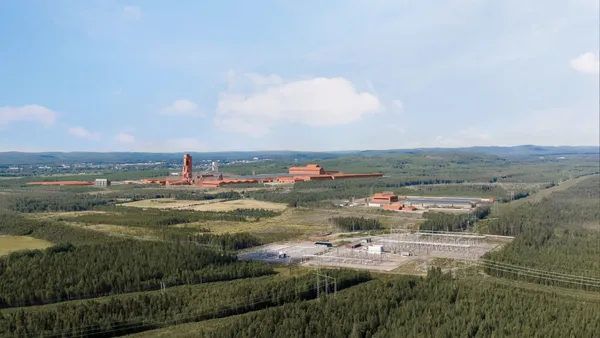Dive Brief:
- Turner & Townsend's 2017 International Construction Market Survey (ICMS) names New York City as the metro with the world's highest costs of construction, at nearly $354 per square foot last year.
- The New York City construction industry spent $43 billion in 2016, an outlay that was partly attributable to high wages of up to $100 per hour and that represents a 3.5% increase from 2015. Turner & Townsend predicted that the city will record another increase of 3.5% in 2017.
- Construction costs around the world in 2016 rose at a rate of 3.7%, and New York City bumped last year's most expensive market, Zurich, from the top spot on Turner & Townsend's list. In this year's rankings, New York was followed by San Francisco, Zurich, Hong Kong and London.
Dive Insight:
Seattle ($280 per square foot) and Houston ($233) were also among the top 10 most expensive cities for construction listed in the ICMS — echoing the trend of rising construction costs across the U.S.
More than 50% of the 43 cities included in the ICMS reported skilled-labor shortages. Turner & Townsend said the political leanings of the U.S. and U.K. governments toward stricter border control have also played a part in rising labor costs, but added that President Donald Trump's America First policies could prompt more domestic construction investment.
The report also pointed to Trump's move toward deregulation and said that this policy, combined with an aggressive infrastructure program would provide a significant boost to the entire U.S. construction industry.
International design and consultancy firm Arcadis also identified New York City as the metro with the highest construction costs in its March report. Arcadis said that the cost of building in New York is 50% higher than in the average U.S. city and 20% higher than in metros like Boston, Chicago and Los Angeles.
Arcadis pointed to lack of buildable real estate as the primary reason for rising costs in the city, although it did include an increase in skilled workers and contractors as a way to compensate for that deficiency, along with an efficient approach to storing and staging materials and the use of modular construction.













